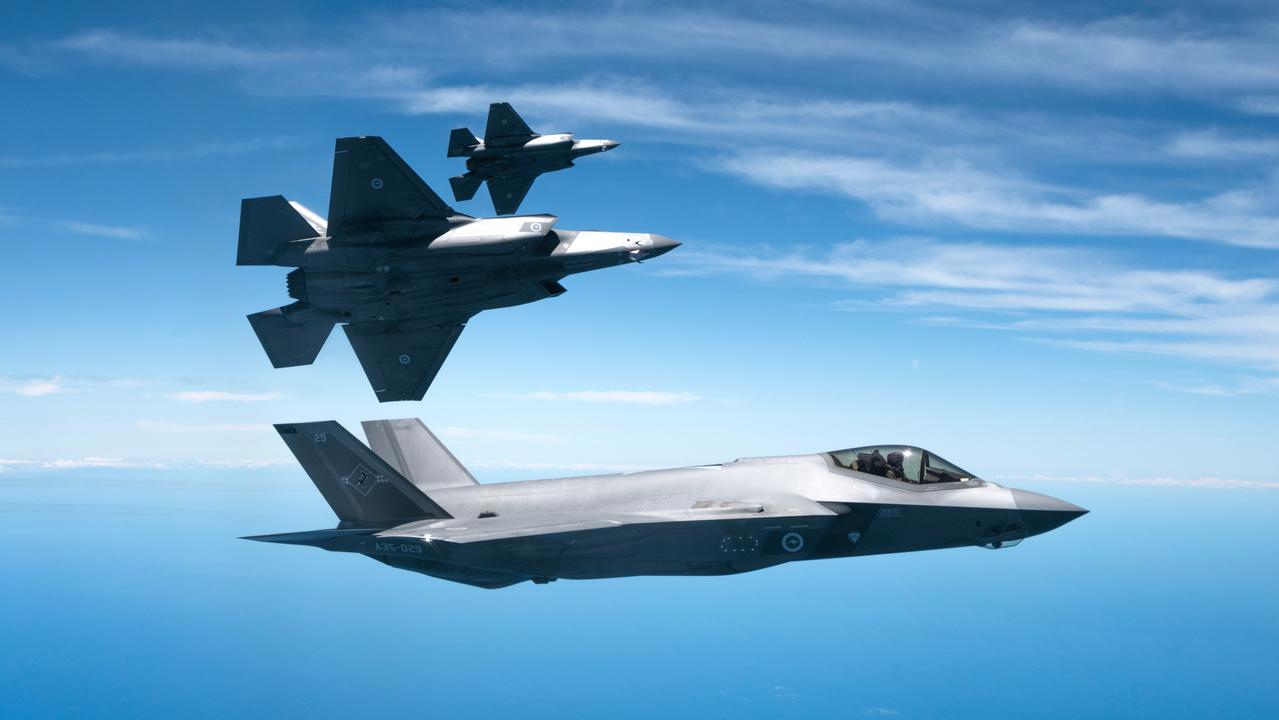Code aims to ease tensions in supply
An ongoing stoush between producers and users over east coast gas prices continues to swirl with hopes a voluntary code of conduct may ease tensions and provide clarity on ructions between the two sides.

An ongoing stoush between producers and users over east coast gas prices continues to swirl with hopes a voluntary code of conduct may ease tensions and provide clarity on ructions between the two sides.
High-profile manufacturers including Incitec Pivot, Orica and Qenos have been concerned they may have to cut investment or even close plants, complaining they are unable to find gas on a contracted basis for less than $8 to $10 a gigajoule, more than double historic levels.
Prices dropped from $8-$14GJ in the second half of 2019 to $6-$8GJ in 2020, according to the ACCC, but are set to lift further as a squeeze on new sources of gas volumes crunches the market and as southern market prices become increasingly linked to Asian LNG markets.
After talk the federal government may intervene to set a price mechanism, Canberra has instead handed back to companies the responsibility for tackling some of the thorniest issues, demanding producers and users seal a voluntary code of conduct.
The Morrison government in September said big producers should aim to better meet the needs of commercial and industrial customers through an industry led code of conduct.
If they failed to agree on a shared pact by February 2021, the federal government would consider stepping in and enforcing a mandatory code instead and talks continue between the two sides to find a solution.
Frustration grew among several large consumers of gas after a deal between Scott Morrison and big LNG exporters in January avoided formal price controls, which some manufacturers had pushed for but were strenuously resisted by the LNG industry.
Several large buyers of gas complain they are unable to strike competitive long-term deals for the fuel to supply their plants, placing them at a disadvantage to international rivals.
They hope to have a price mechanism based on a benchmark, like the Henry Hub, written into a voluntary code of conduct.
But that’s been fiercely resisted by the big gas producers who have raised concerns whether Australia’s much smaller market is an appropriate fit to try and replicate the giant US Henry Hub system.
The Australian Workers Union has backed using the US pricing mechanism as a guide for east coast prices.
“The Henry Hub is obviously one of the most liquid and deep markets in the US and they’re about to become one of the major LNG exporters into Asia over the next few years and will be very competitive with Australia,” AWU deputy national secretary Misha Zelinsky told the Credit Suisse Australia conference on June 8.
“(We need to) benchmark against something other than the very opaque market that we have here with absolutely no transparency.”
Oil and gas industry group Appea has said there was no basis for the Henry Hub to be deployed in Australia and mid-tier producer Cooper Energy also hit back at the plan saying gas could not be produced as cheaply on Australia’s east coast as in the US.
“Henry Hub prices have got a $US2 per million British thermal units in front of them, so let’s assume that translates into something with a $3 in front of it in Australian dollars. It’s just not economic,” Cooper Energy managing director David Maxwell told the conference.
“I think what people are really saying is we want a transparent market and the industry is also supportive of a transparent market.”
Mr Maxwell pointed to the federal government’s backing of a beefed up gas hub at Wallumbilla, which aims to provide more price transparency and better match the needs of buyers and sellers to trade and move gas around the east coast network.
“That has regard to Henry Hub prices and where Australian gas prices can compete globally. That or Moomba are the two places where we can create a central hub and then there’s having as many transactions as possible to create a transparent market.”
The ACCC is currently reviewing its LNG netback price series, a local LNG price that takes out the cost of processing and shipping gas to Asian customers.
Major gas user Brickworks said there were problems with the netback methodology which needed to be reviewed.
“It’s referencing quite an illiquid spot price that’s highly volatile. We’ve seen in a seven month range from low $2 to high $19, so we’re talking about dramatic swings in prices,” said Brickworks general manager for energy, Melissa Perrow.
“From a manufacturing perspective, what we need is long-term gas supply and long-term pricing. We have an opaque market and from our perspective we consume gas 24/7 and we need to know the gas is there. We can’t sit there and hope we win on a Hub every day and hope we get the transport to get to our facility. We need to know we have the gas.”
The east coast gas market has been crimped in the past few years due to Queensland LNG exports, onshore development restrictions, falling Bass Strait production and the increasing cost of bringing new domestic supplies to market.
Cheaper gas contract offers in recent months may have only been made by producers given a background of more government intervention if the industry failed to step up, ACCC chairman Rod Sims has claimed. Ultimately the code of conduct – still being finalised – may provide a bridge between producers and users after several years of barbs which have failed to ease tensions.



